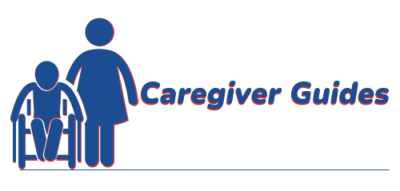
It can be a real challenge for family caregivers to help their aged or infirm loved one into and out of a car. This may be because the car being used it too high, or maybe even, too low. Or, it could be the case that the elder or care recipient has a condition that limits their functional movement, which it was in my case.
I was recently working with family members (daughters) who were unclear about how to help their mother get into and out of a car safely for doctor appointments and social gatherings. Their mom, who has left hemiplegia from a previous incident, had recently gotten sick, which drained a lot of her energy and made getting around even more difficult that it had been.
Her daughters had been lifting her and trying to manually “put” her into the car which was difficult for all involved. Each party was afraid the care recipient would end up on the ground and the care giver on top of her. This is not an uncommon fear for many families and their loved ones. But the question remained “How can we get her into the car safely?”
Because of her hemiplegia, it was difficult moving her toward the left as she generally sat in the front passenger side (this wouldn’t matter if we were in England !) and she was unable to steady herself using her left hand. In addition, she had to turn to the right to position herself to sit. I would normally have a person reach for the door handle for support with their right arm but she was too petite to do so.
I finally realized that we were trying to do too much for the care recipient (which is a frequent mistake that many caregivers make). We were trying to put her into the car, rather than assisting her into the car. The client could stand and bear her own weight and typically used a NBQC (narrow based quad cane) for mobility. Why are we assuming that she in unable to still do that?
So, putting the quad cane at her side, I asked her to stand up, which she did. Then, I asked her to “point her feet away from the car” which positioned her rear end right in front of the car seat. Then I asked her to “walk backwards” until she came in contact with the car. Using a Standy Handybar type door assist handle, she was able to reach back with her right hand and lower herself safely into the car. We simply reversed these steps to help her out of the car.
With this specific approach there was essentially no heavy lifting or burden put on the caregiver daughters, the patient was basically in full control, and everything went pretty smooth.
In the title I stated that I just “learned” something-again. We can all be reminded that, although we may know something, it’s easy to get stuck in our own heads trying to find a solution for a problem, and it’s staring us right in the face. It’s a good habit to ask ourselves about our care recipients, “Am I doing too much?”, “Am I overthinking this?”, and “How can I get them to do this (or most of it-whatever it is) by themselves?”
Our care recipients want to be independent. They also don’t want to “be a burden”. Look for ways to increase their control and independence safely. Its generally a win-win in the caregiver/care recipient dynamic.

Bryan Williams
Physical Therapist
is a licensed therapist with near 30 years of professional experience treating a diverse patient population in a multitude of settings. With simple strategies, he educates and empowers his clients with simple strategies to help them move better and with less pain.



